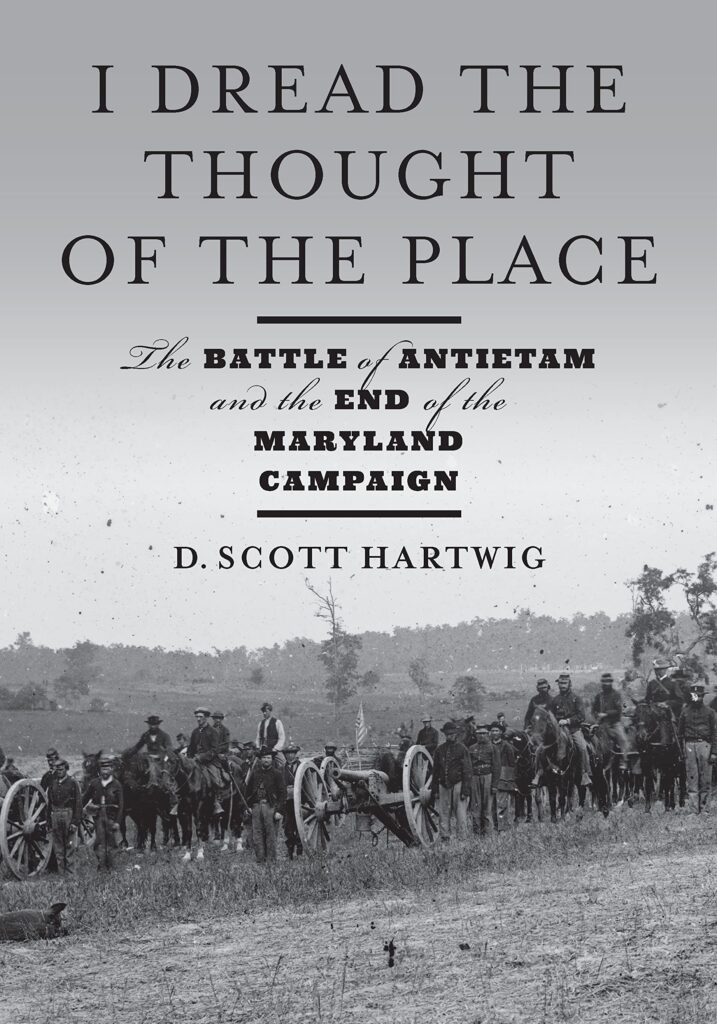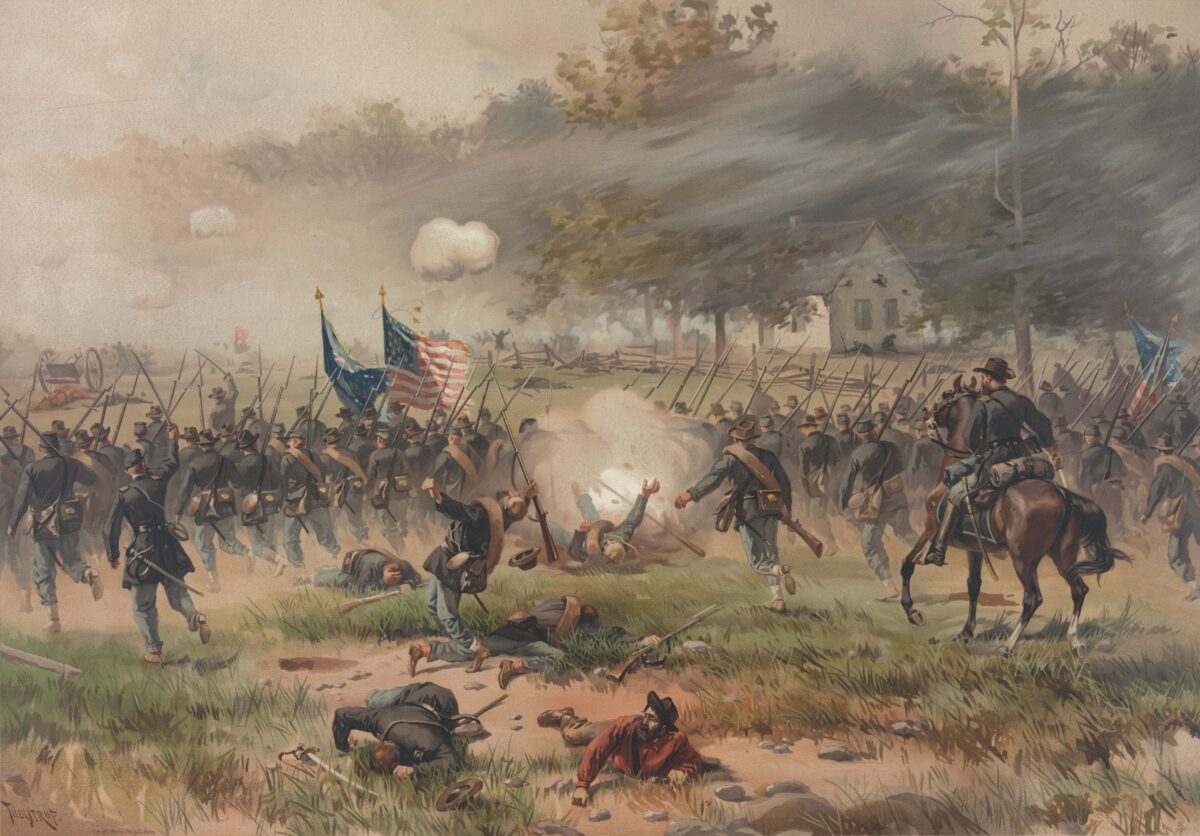It has been more than 20 years since the appearance of the last truly major study of the 1862 Maryland Campaign, Joseph L. Harsh’s magnificent 1999 study Taken at the Flood. To be sure, it can hardly be said that the campaign that produced the greatest surrender of American troops until 1942 and what is still the bloodiest day in American military history has been neglected since then. After all, a number of fine works on the Maryland Campaign have appeared in the past two decades—the most important being the three-volume edition of Ezra Carman’s study that Thomas G. Clemens superbly brought to print in 2010-2017. Still, the absence of a major scholarly study since Harsh’s work is notable given the importance of the Maryland Campaign, and the fact that significant studies of Gettysburg, Vicksburg, and other great Civil War campaigns have appeared since 1999. Consequently, the appearance of the second in D. Scott Hartwig’s massive and grandly executed two-volume study of the campaign is a decidedly welcome event.
Hartwig takes his title from Iron Brigade stalwart Rufus Dawes’ comment as he contemplated the possibility of the Army of Northern Virginia’s crossing of the Potomac River in 1863 bringing the Army of the Potomac back to the environs of Sharpsburg—and it is fitting. Among the many things that set Hartwig’s study apart from previous studies of the Maryland Campaign is just how effectively and powerfully he communicates and keeps central to the story of Antietam the raw brutality and violence of the battle and the frightful damage the two armies inflicted and suffered. After a preface summarizing the events that brought the armies to Sharpsburg on September 17, 1862, (the 231st anniversary, interestingly, of the momentous clash between Gustavus Adolphus’ and Count Tilly’s armies at Breitenfeld), Hartwig opens his narrative of the battle with Dawes and his comrades as they prepare for the advance toward the Dunker Church that set off the day-long fight that produced horrific carnage. From there, the book follows the battle as it moves from the North Woods to the Miller Cornfield to the West Woods to the Sunken Road to the fields south of Sharpsburg where the timely arrival of A.P. Hill’s Division brought the 9th Corps to grief.
Of course, the general course of Antietam is well-known to students of the Civil War. What Hartwig provides in his chronicle of the battle, as well as the September 19 clash at Shepherdstown, is a level of detail rivaled only by Carman’s work and one informed by access to sources Carman did not have available. Indeed, readers who have done battle with publishers over word and page counts will applaud (and envy) the amount of space Johns Hopkins University Press gave Hartwig. All readers will be impressed with the skill with which he tells the story of Antietam. Any future author who hopes to produce a work that challenges Hartwig’s deeply researched and splendidly written study as the standard work on the Maryland Campaign will have a formidable challenge indeed.

‘I Dread the Thought of the Place’
The Battle of Antietam and the End of the Maryland Campaign
By D. Scott Hartwig, Johns Hopkins University Press, 2023
If you buy something through our site, we might earn a commission.
Read our recent interview with author D. Scott Hartwig about the Battle of Antietam and the writing of I Dread the Thought of the Place.





